
Exploring Baixa: The Heartbeat of Porto
Discover Baixa in Porto: A bustling blend of history, culture, shopping, and cuisine in the heart of Portugal's most vibrant city.
Baixa, the vibrant downtown district of Porto, is a must-visit for any traveler exploring this historic Portuguese city. Known for its lively atmosphere, Baixa is where traditional and contemporary Porto blend seamlessly. The area is a bustling hub of activity, filled with charming streets, historic landmarks, and a plethora of shops, cafes, and restaurants that cater to all tastes. At the heart of Baixa is Avenida dos Aliados, a grand boulevard lined with stunning architecture, including the iconic Porto City Hall. This area is often referred to as the 'living room' of Porto, where locals and tourists alike gather for events, celebrations, or simply to enjoy the ambiance. A short walk from here, you will find the beautiful São Bento Railway Station, renowned for its magnificent azulejo tiles that depict significant moments in Portuguese history. For those who love to shop, Rua de Santa Catarina is a haven of high street and boutique stores, offering everything from fashion to traditional Portuguese crafts. Food enthusiasts will delight in the abundance of eateries, ranging from traditional taverns serving 'francesinha' to modern restaurants offering a contemporary twist on Portuguese cuisine. Don't miss a visit to the historic Majestic Café, an Art Nouveau gem that has been serving Porto's elite since 1921. Baixa is also home to several cultural hotspots, including the Lello Bookstore, often cited as one of the most beautiful bookstores in the world. The area is steeped in history, with numerous churches, museums, and galleries to explore. As the sun sets, Baixa transforms into a lively nightlife scene, with bars and clubs that keep the energy alive well into the night.
Local tips in Baixa
- Visit São Bento Railway Station early in the morning to avoid crowds and fully appreciate the stunning azulejo tilework.
- Wear comfortable shoes as the cobblestone streets can be uneven and require a fair bit of walking.
- Stop by Majestic Café for a coffee and a pastry, but be prepared for higher prices due to its historical significance and popularity.
- Check out the local markets like Mercado do Bolhão for fresh produce and a taste of local life.
- Take advantage of the local public transport to explore further afield; the metro and bus systems are both efficient and affordable.
Exploring Baixa: The Heartbeat of Porto
Baixa, the vibrant downtown district of Porto, is a must-visit for any traveler exploring this historic Portuguese city. Known for its lively atmosphere, Baixa is where traditional and contemporary Porto blend seamlessly. The area is a bustling hub of activity, filled with charming streets, historic landmarks, and a plethora of shops, cafes, and restaurants that cater to all tastes. At the heart of Baixa is Avenida dos Aliados, a grand boulevard lined with stunning architecture, including the iconic Porto City Hall. This area is often referred to as the 'living room' of Porto, where locals and tourists alike gather for events, celebrations, or simply to enjoy the ambiance. A short walk from here, you will find the beautiful São Bento Railway Station, renowned for its magnificent azulejo tiles that depict significant moments in Portuguese history. For those who love to shop, Rua de Santa Catarina is a haven of high street and boutique stores, offering everything from fashion to traditional Portuguese crafts. Food enthusiasts will delight in the abundance of eateries, ranging from traditional taverns serving 'francesinha' to modern restaurants offering a contemporary twist on Portuguese cuisine. Don't miss a visit to the historic Majestic Café, an Art Nouveau gem that has been serving Porto's elite since 1921. Baixa is also home to several cultural hotspots, including the Lello Bookstore, often cited as one of the most beautiful bookstores in the world. The area is steeped in history, with numerous churches, museums, and galleries to explore. As the sun sets, Baixa transforms into a lively nightlife scene, with bars and clubs that keep the energy alive well into the night.
Iconic landmarks you can’t miss
Jardins do Palácio de Cristal
Explore the tranquil Jardins do Palácio de Cristal, Porto's lush garden oasis with stunning views and rich heritage, perfect for relaxation and cultural experiences.
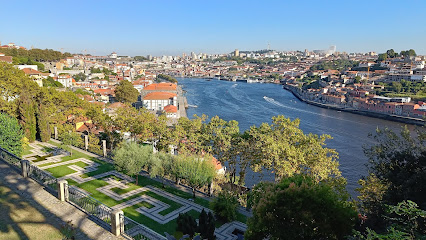
Porto Cathedral
Discover the architectural beauty and historical significance of Porto Cathedral, a must-visit landmark overlooking the vibrant city of Porto.
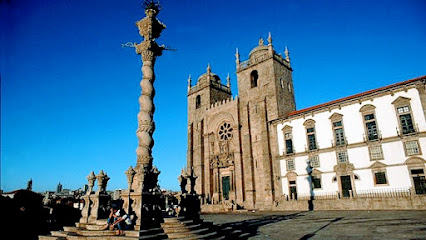
Torre dos Clérigos
Discover the iconic Torre dos Clérigos in Porto – an architectural marvel offering stunning views, rich history, and cultural insights into Portugal's heritage.
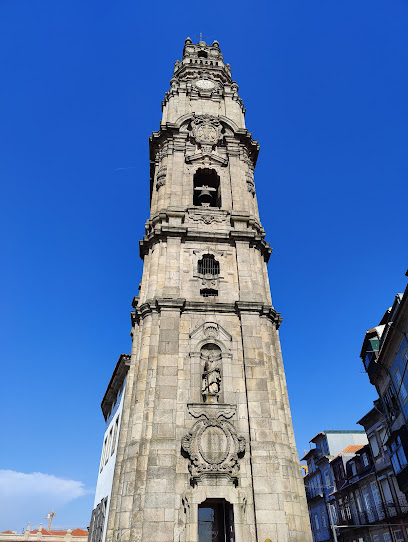
Jardim do Passeio Alegre
Discover the tranquil beauty of Jardim do Passeio Alegre, a lush community garden in Porto that offers a peaceful retreat for nature lovers and tourists alike.
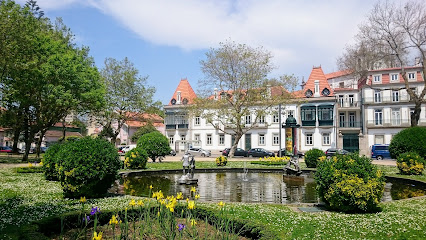
Ribeira do Porto
Discover the vibrant charm of Ribeira do Porto, a scenic waterfront district rich in history, culture, and culinary delights.

Monumento a Almeida Garrett
Explore the grandeur of the Monumento a Almeida Garrett in Porto, a stunning tribute to Portugal's literary heritage in a vibrant city setting.
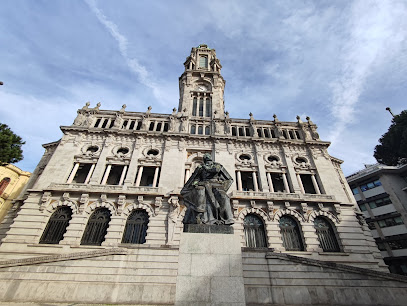
Pillory of Porto
Discover the Pillory of Porto, a historical landmark that reflects the rich heritage and vibrant culture of Portugal's second-largest city.
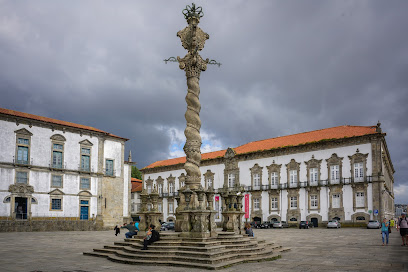
Muralha Primitiva do Porto
Explore the Muralha Primitiva do Porto, a historic monument offering stunning views and deep insights into Porto's rich heritage.
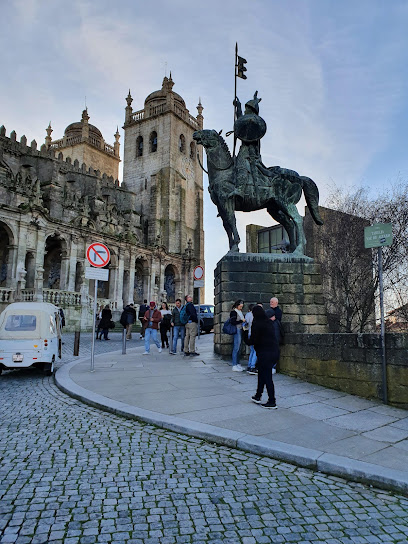
Chafariz do Anjo
Discover the serene beauty of Chafariz do Anjo, a historic fountain in Porto, where art and tranquility intertwine amidst the city's vibrant atmosphere.
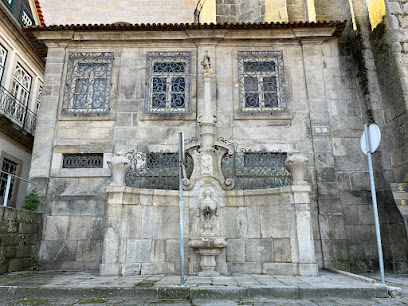
Judería de Porto
Explore the historic Judería de Porto, a captivating landmark reflecting rich Jewish heritage and stunning architecture in the heart of Portugal.

Unmissable attractions to see
Porto Cathedral
Explore Porto Cathedral, a stunning blend of Gothic architecture and rich history, offering breathtaking views and a serene atmosphere in the heart of Porto.
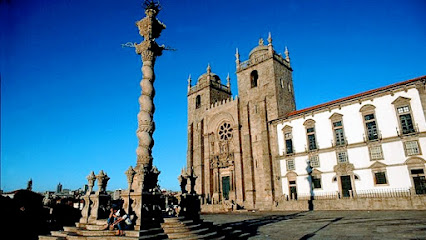
Torre dos Clérigos
Explore the breathtaking views and rich history at Torre dos Clérigos, Porto's iconic Baroque tower and cultural treasure.

Jardim do Passeio Alegre
Discover the tranquil beauty of Jardim do Passeio Alegre, a lush garden along the Douro River, perfect for relaxation and nature exploration in Porto.
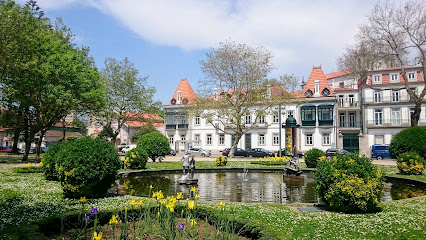
Porto Exit Games (Baixa)
Experience thrilling adventures at Porto Exit Games, the premier escape room center in Porto, perfect for friends, families, and team-building events.
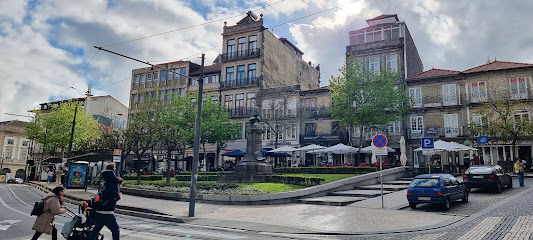
Porto portugal
Explore the enchanting city of Porto, Portugal, where stunning architecture, rich culture, and delectable cuisine await every traveler.
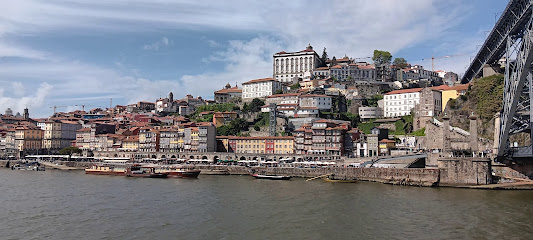
Webcam Ribeira Porto
Experience the stunning views of Porto's Ribeira district through the Webcam Ribeira Porto, a digital window into the city's vibrant riverside life.
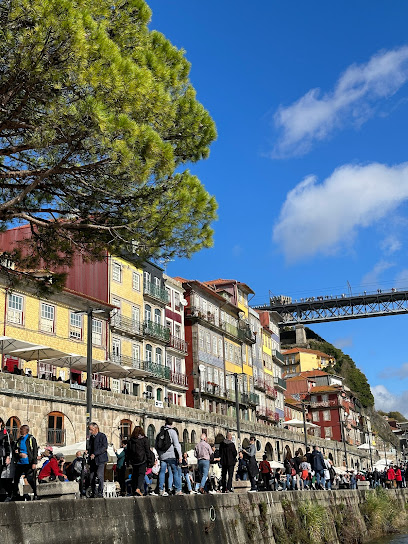
Essential places to dine
Lareira - Baixa
Experience authentic Portuguese cuisine at Lareira - Baixa in Porto; where tradition meets flavor in every dish.
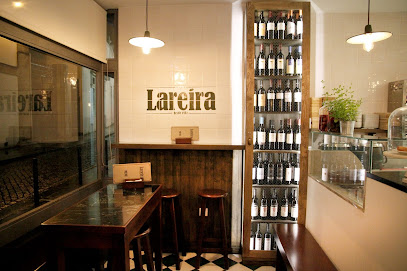
éLeBê Baixa
Experience authentic Portuguese cuisine at éLeBê Baixa in Porto – where tradition meets innovation in every dish.
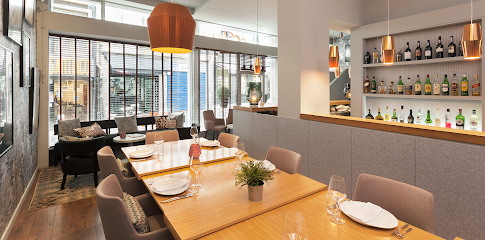
Cruel Restaurante
Experience culinary excellence at Cruel Restaurante in Porto – where traditional flavors meet modern elegance.
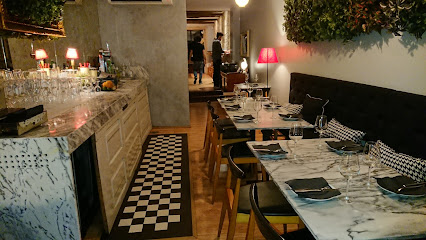
Tábua Rasa
Experience the vibrant flavors of Porto at Tábua Rasa—your go-to destination for authentic tapas and artisanal cheeses.
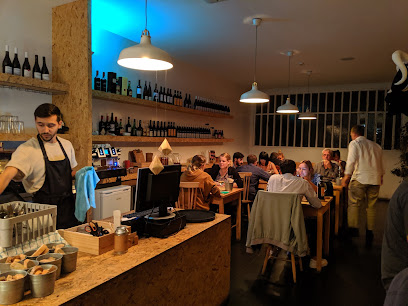
Ris8tto da Baixa
Experience authentic Portuguese cuisine at Ris8tto da Baixa in Porto – where every dish tells a story.
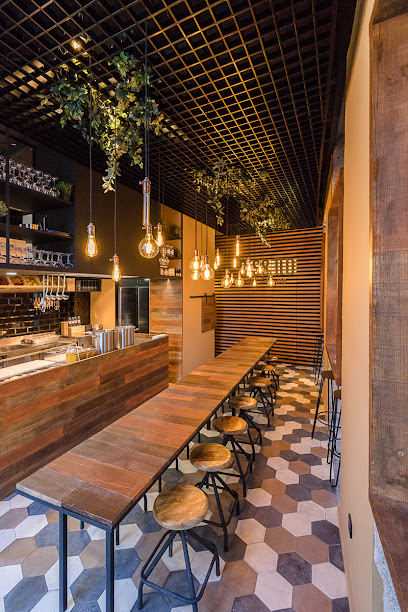
All In Porto
Discover the flavors of Portugal at All In Porto – where traditional cuisine meets modern dining in an inviting atmosphere.
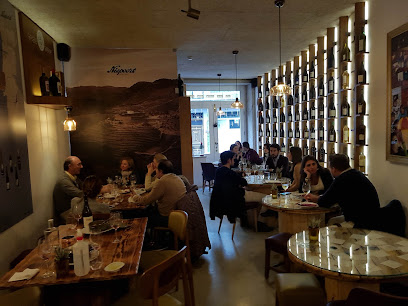
ODE Porto Wine House
Experience authentic Portuguese cuisine in a romantic setting at ODE Porto Wine House - where every meal is a celebration.

Art'e Da Baixa
Discover Art'e Da Baixa in Porto - where traditional Portuguese cuisine meets modern elegance for an unforgettable dining experience.
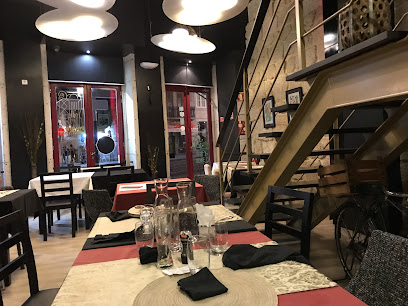
P4 na Baixa
Experience authentic Portuguese flavors at P4 na Baixa in Porto - where tradition meets innovation in every bite.

Restaurante Gondarem Baixa
Experience authentic Portuguese cuisine at Restaurante Gondarem Baixa - where tradition meets taste in Porto.
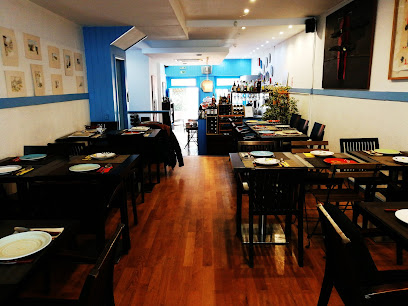
Markets, malls and hidden boutiques
Peninsula Boutique Center
Shop where modernity meets tradition at the Peninsula Boutique Center, Porto's premier destination for a diverse retail experience.
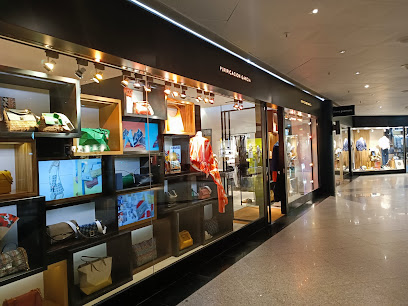
The Feeting Room | Loios
Explore The Feeting Room | Loios in Porto for a unique shopping experience blending fashion, accessories, and a cozy café atmosphere.
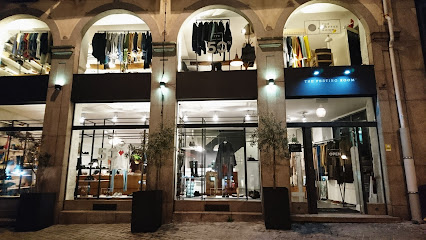
Loja Tradições
Explore Loja Tradições in Porto for unique souvenirs and local crafts that beautifully capture the essence of Portugal.
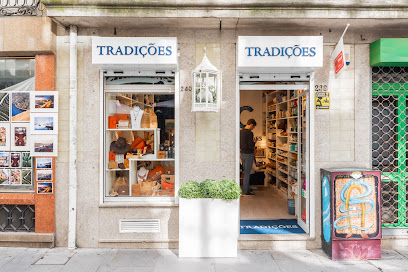
Coração Alecrim
Discover the essence of Porto at Coração Alecrim, a charming store offering handmade crafts and local delicacies in a warm, inviting atmosphere.
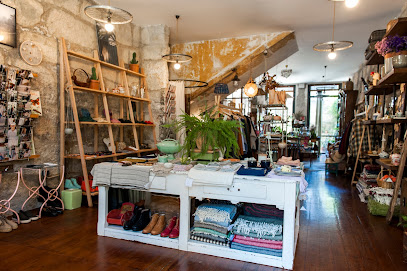
Porto Gift - Arte, moda e turismo
Discover the charm of Porto at Porto Gift, where local artisans showcase their unique creations, perfect for memorable souvenirs.
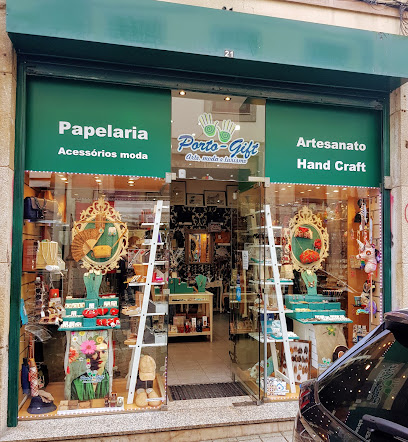
Porto Paixão
Explore Porto Paixão, where local craftsmanship meets unforgettable souvenirs in the heart of Porto.

PORTO PASSION GIFT SHOP
Explore Porto Passion Gift Shop – Your gateway to unique local crafts and unforgettable Porto experiences.

Ponto Cruz Concept Store
Explore Porto's vibrant culture through unique souvenirs at Ponto Cruz Concept Store, where local craftsmanship meets creativity.
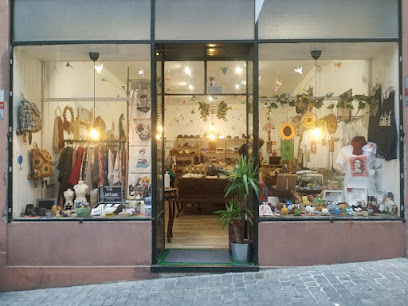
Boutique concept store
Explore Porto's Boutique Concept Store for unique treasures and local artisan products that embody the city's vibrant culture and creativity.

Ribeira souvenirs
Explore Ribeira Souvenirs for unique gifts and authentic local crafts that celebrate the vibrant culture of Porto, Portugal.
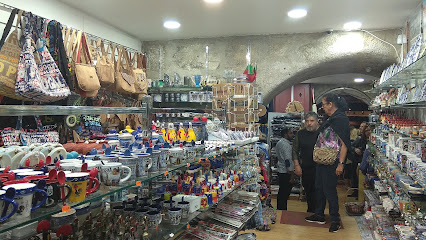
Portugalidades
Explore Portugalidades in Porto for unique ceramics and artisan gifts that embody the heart of Portuguese culture.
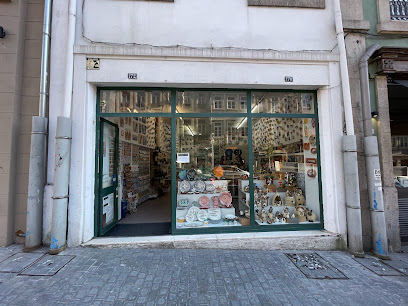
Shop
Discover unique fashion pieces and exceptional service at this clothing store in Porto's picturesque Praça de Carlos Alberto.
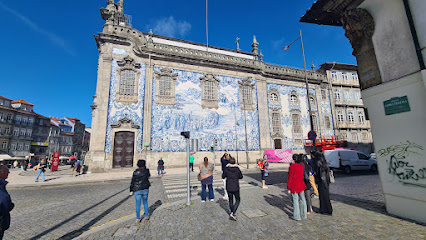
Street shop
Explore Porto’s Street Shop for unique local crafts, souvenirs, and gifts reflecting the city’s rich culture and artistry.
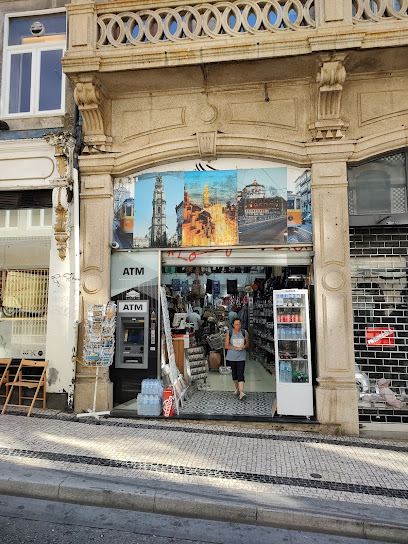
Essential bars & hidden hideouts
Aduela
Experience Porto's lively nightlife at Aduela, a charming bar with exceptional drinks and a welcoming atmosphere.
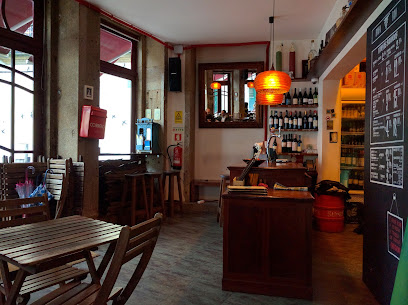
Bonaparte Downtown
Discover the vibrant nightlife and delicious cuisine at Bonaparte Downtown, a top destination for tourists in Porto.
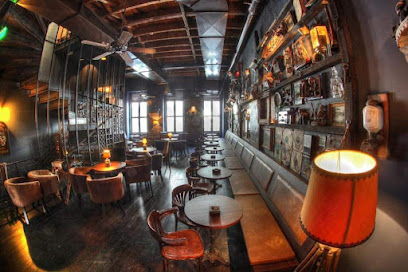
The Gin Club
Experience the vibrant spirit of Porto at The Gin Club, where exceptional gins and cocktails create unforgettable nights.

THE ROYAL COCKTAIL CLUB
Experience the vibrant nightlife of Porto at The Royal Cocktail Club, famed for its exquisite cocktails and welcoming atmosphere.
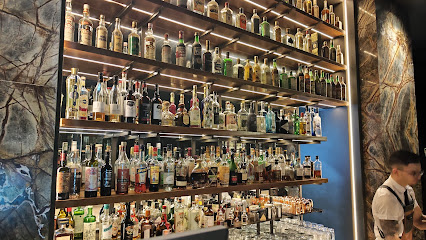
HD Bar to Be Wild
Discover Porto's vibrant nightlife at HD Bar to Be Wild, where delicious burgers and great music create an unforgettable experience.
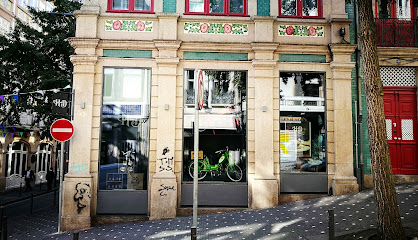
Bar Baixa
Experience Porto's vibrant nightlife at Bar Baixa, where great drinks, live music, and a lively atmosphere create unforgettable memories.
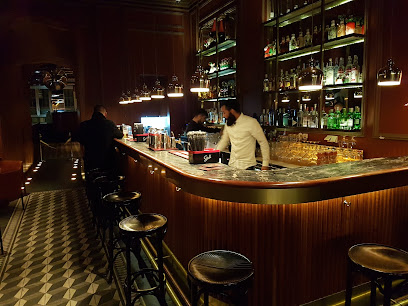
Champanheria da Baixa
Discover the vibrant atmosphere and exquisite sparkling wines at Champanheria da Baixa, Porto's iconic bar that celebrates local flavors.
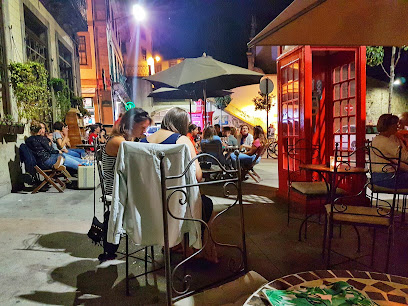
The Wall Bar
Discover The Wall Bar in Porto, a lively bar with a vibrant atmosphere, perfect for enjoying drinks and music in the heart of the city's nightlife.
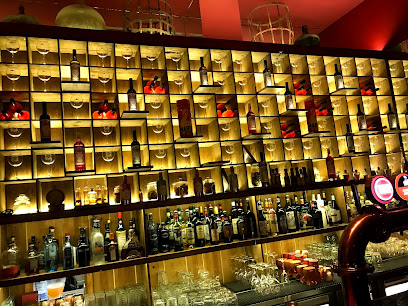
Once Upon a Time in Port ...
Discover the enchanting nightlife of Porto at Once Upon a Time, where whimsy meets vibrant dancing and unforgettable cocktails.
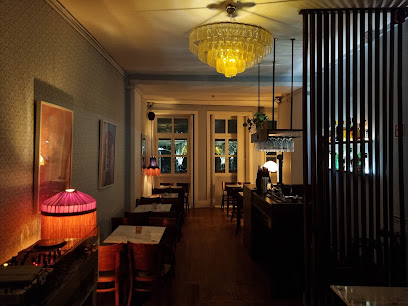
Livraria da Baixa
Experience the vibrant atmosphere of Livraria da Baixa, Porto's charming bar that serves the best Porto tonico in town.
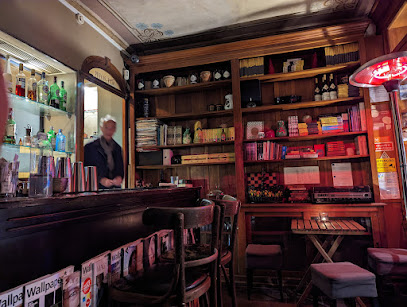
Local Phrases
-
- HelloOlá
[oh-lah] - GoodbyeAdeus
[ah-deh-oosh] - YesSim
[seem] - NoNão
[now] - Please/You're welcomePor favor/De nada
[por fah-vohr/deh nah-dah] - Thank youObrigado/Obrigada
[oh-bree-gah-doo/oh-bree-gah-dah] - Excuse me/SorryCom licença/Desculpe
[kohm lee-sehn-sah/dehs-kool-peh] - How are you?Como está?
[koh-moh ehs-tah] - Fine. And you?Bem. E você?
[behn/e voh-seh] - Do you speak English?Fala inglês?
[fah-lah een-glehsh] - I don't understandNão entendo
[now ehn-tehn-doo]
- HelloOlá
-
- I'd like to see the menu, pleaseGostaria de ver o menu, por favor
[gohs-tah-ree-ah deh vehr ooh meh-noo/por fah-vohr] - I don't eat meatNão como carne
[now koh-moh kahr-neh] - Cheers!Saúde!
[sow-deh] - I would like to pay, pleaseGostaria de pagar, por favor
[gohs-tah-ree-ah deh pah-gahr/por fah-vohr]
- I'd like to see the menu, pleaseGostaria de ver o menu, por favor
-
- Help!Ajuda!
[ah-zhoo-dah] - Go away!Vai embora!
[vah-ee ehm-boh-rah] - Call the Police!Chame a Polícia!
[shah-meh ah poh-lee-see-ah] - Call a doctor!Chame um médico!
[shah-meh oom meh-dee-koo] - I'm lostEstou perdido
[ehs-toh pehr-dee-doo] - I'm illEstou doente
[ehs-toh doo-ehn-teh]
- Help!Ajuda!
-
- I'd like to buy...Gostaria de comprar...
[gohs-tah-ree-ah deh kohm-prahr] - I'm just lookingEstou só a ver
[ehs-toh soh ah vehr] - How much is it?Quanto custa?
[kwan-toh koosh-tah] - That's too expensiveIsso é demasiado caro
[ee-soh eh dah-mah-zee-ah-doo kah-roo] - Can you lower the price?Pode baixar o preço?
[poh-deh by-shahr ooh preh-soo]
- I'd like to buy...Gostaria de comprar...
-
- What time is it?Que horas são?
[keh oh-rahz sow] - It's one o'clockÉ uma hora
[eh ooh-mah oh-rah] - Half past (10)Meia (dez)
[meh-yah/dehz] - MorningManhã
[mah-nyah] - AfternoonTarde
[tahr-deh] - EveningNoite
[noy-teh] - YesterdayOntem
[ohn-tehm] - TodayHoje
[oh-zheh] - TomorrowAmanhã
[ah-mah-nyah] - 1Um
[oom] - 2Dois
[doh-ees] - 3Três
[trehs] - 4Quatro
[kwah-troo] - 5Cinco
[seen-koh] - 6Seis
[saysh] - 7Sete
[seh-teh] - 8Oito
[oy-toh] - 9Nove
[noh-veh] - 10Dez
[dehz]
- What time is it?Que horas são?
-
- Where's a/the...?Onde fica o/a...?
[ohn-deh fee-kah ooh/ah] - What's the address?Qual é o endereço?
[kwahl eh ooh ehn-deh-reh-soo] - Can you show me (on the map)?Pode mostrar-me (no mapa)?
[poh-deh mohs-trahr-meh/noo mah-pah] - When's the next (bus)?Quando é o próximo (autocarro)?
[kwan-doo eh ooh proh-ksee-moh/ow-toh-kah-roo] - A ticket (to ....)Um bilhete (para ....)
[oom beel-yeh-teh/pah-rah]
- Where's a/the...?Onde fica o/a...?
History of Baixa
-
Baixa, the lower part of Porto, began to take shape in the late 18th century as a response to the need for urban expansion due to the growing population and commerce. The area was largely developed after the 1755 Lisbon earthquake, which prompted a rethinking of urban planning, architecture, and infrastructure across Portugal.
-
In the 19th century, Baixa evolved into the commercial heart of Porto. With the construction of significant buildings such as the São Bento Train Station and the nearby Avenida dos Aliados, the area became a bustling hub for trade and finance, showcasing the burgeoning economic development of the city.
-
The early 20th century saw a surge in architectural projects that defined the aesthetic of Baixa. Notable structures like the Majestic Café and the iconic Lello Bookstore were established during this period, reflecting the eclectic styles and cultural influences of the time, including Art Nouveau and Neoclassical elements.
-
In recent years, Baixa has solidified its reputation as a cultural and tourist hotspot, with a blend of traditional and modern influences. The area hosts numerous festivals, art galleries, and culinary experiences, showcasing Porto's rich heritage while embracing contemporary trends, making it a vibrant part of the city's identity.
-
Efforts to revitalize Baixa have included the restoration of historic buildings and the introduction of pedestrian-friendly initiatives. This urban renewal has not only preserved the historical integrity of the neighborhood but has also attracted new businesses and residents, contributing to a dynamic urban environment that honors Porto's past while looking toward its future.
Baixa Essentials
-
Baixa is centrally located in Porto and easily accessible from other neighborhoods. If you're coming from the airport, take the Metro (Line E) to Trindade station, then transfer to Line A, B, C, D, or F to reach São Bento or Aliados stations, both located in Baixa. From other neighborhoods like Ribeira or Cedofeita, you can walk or take a short tram or bus ride to Baixa.
-
Baixa is a pedestrian-friendly neighborhood, making it ideal for walking. The iconic tram lines 22 and 18 run through the area, and Metro stations like São Bento and Aliados connect you to the rest of the city. If you prefer cycling, you can rent a bike from local rental shops or use bike-sharing services available in Porto.
-
Baixa is generally safe for tourists, but as in any urban area, it's essential to stay aware of your surroundings. Petty crime, like pickpocketing, can occur, especially in crowded places like Praça da Liberdade and near tourist attractions. Avoid displaying valuables and be cautious in less crowded alleyways, especially at night.
-
In an emergency, dial 112 for police, fire, and medical assistance. The local hospitals, such as Hospital de São João, can provide medical care. Familiarize yourself with the nearest pharmacy locations, as they can assist with minor health issues. Always have travel insurance that covers emergencies.
-
Fashion: Do wear comfortable shoes for walking, as the streets can be cobbled. Don't wear overly casual or beach attire when visiting religious sites. Religion: Do respect local customs, especially in churches; women should cover their shoulders. Public Transport: Do validate your ticket before boarding. Don't eat or drink on the Metro or buses. Greetings: Do greet with 'Olá' and a smile. Don't be overly familiar until you know someone well. Eating & Drinking: Do try local dishes like Francesinha and enjoy wine tasting. Don't eat on the go; it's considered impolite to rush meals.
-
To experience Baixa like a local, visit the Mercado do Bolhão for fresh produce and local delicacies. Explore the side streets for hidden cafes and boutiques. Ask locals for recommendations on lesser-known viewpoints, like the Miradouro da Vitória, for stunning city views. Join a Fado night in a traditional restaurant to immerse yourself in local culture.
Nearby Cities to Baixa
-
Things To Do in Guimarães
-
Things To Do in Braga
-
Things To Do in Aveiro
-
Things To Do in Viana do Castelo
-
Things To Do in Lamego
-
Things To Do in Ponte de Lima
-
Things To Do in Vila Real
-
Things To Do in Coimbra
-
Things To Do in Chaves
-
Things To Do in Bragança
-
Things To Do in Tomar
-
Things To Do in Santiago de Compostela
-
Things To Do in Viseu
-
Things To Do in Caldas da Rainha
-
Things To Do in Salamanca













